Surgical instrument tracking is on the rise globally, but nowhere more so than in the Asia-Pacific. A report by Researchandmarkets predicts the market will grow by 14.1% from 2019-2024. In 2018, barcodes were more popular than RFID tags. According to one study: “Tracking systems can also allow hospital personnel to track the status of surgical devices, make optimal use of instrument sets, expedite instrument turnaround, and access manufacturers’ instructions.” The same study found that the least experienced nurses had the highest rate of error in packing surgical instruments.
RFID tags
RFID tags are generally used for tray-level tracking – due to the small size of instruments, they are more suited to barcodes than physical tags.
A case study from Kanto Medical Centre in Japan explained the use of RFID tags to automate identification and data capture in the sterile supply unit. The aim was to improve efficiency and traceability. The containers for instruments were identified with an RFID tag, while the instruments themselves were barcoded.
“Multiple containers are put into the sterilizer with the tagged face directed left. When sterilisation is completed and the containers are pulled out from the opposite side, tags are simultaneously recognised by the antenna at the exit. Data relating to sterilisation are recorded, namely which sterilizer was used, when sterilisation started and ended, completeness of process, name of the set and method of sterilisation. Finally containers are sent to the OR via EV for storage. The RFID antenna set here collects date of supply and name of the set.”
Barcodes
Barcode matrixes are laser-etched, two- dimensional markings that are used to track individual surgical instruments. The aim is to take the guesswork out of instrument preparation, while also improving traceability (sometimes to the point of matching an individual instrument to a patient) and record keeping.
KeyDot® from Key Surgical
The KeyDot is a small, laser-etched, 2D Data Matrix barcode label that can be applied directly to an instrument’s surface. It’s similar to a licence plate. It links a specific instrument to a data file within your instrument tracking software, allowing that instrument to be tracked throughout the complete instrument processing cycle. Instruments marked with the KeyDot are scanned using a two-dimensional barcode reader. The labels remain readable for at least 200 processing cycles or two years, whichever comes first. And even if up to 60% of the barcode is destroyed, the KeyDot is still readable. A common question is whether the KeyDot is safe. A licensed, independent medical testing laboratory has scientifically evaluated the KeyDot and found that the instrument surfaces under the KeyDot are completely sterilized during processing.

